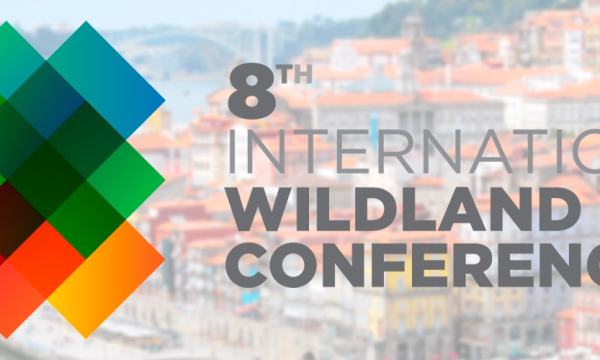What role is El Niño playing regarding wildfires?
As we continue our exploration about factors that influence wildfires, it is almost impossible to ignore the contribution of the El Niño phenomenon. This weather pattern, also known as the Southern Oscillation (ENSO), causes an unusual warming of surface waters in the equatorial Pacific Ocean. This change not only affects the waters and atmosphere locally, but has global climatic repercussions, altering rainfall and temperature patterns in various regions.
The impact of El Niño is particularly significant in terms of wildfires. The warmer and drier conditions caused by this phenomenon create an environment favourable to the drying out of fuels, which in turn helps the spread of fire. Vegetation dries out, making it more susceptible to ignition, and the lack of rain aggravates the situation, increasing the risk and intensity of wildfires. In addition, these extreme conditions put additional pressure on water resources, further complicating the management of these wildfires resulting in swamps, lakes or rivers falling well below the level they should be at.

Temperature anomaly on 30 January. This variable refers to the deviation of the average temperature in a specific region and during a specific period, with respect to a reference value or record average. Source: WXCHARTS.COM
But how does El Niño come about? This phenomenon begins with the weakening of trade winds, which normally blow from east to west across the equatorial Pacific. This shift allows warm surface water to accumulate in the eastern Pacific, altering the thermocline and causing sea surface temperatures to rise. This heat build-up affects oceanic and atmospheric circulation, changing global weather patterns and often triggering extreme events such as droughts or floods.
The ability to monitor and forecast El Niño using indices such as the Southern Oscillation Index (SOI) and sea surface temperature (SST) is crucial to anticipate and mitigate its effects. However, there is growing concern about how climate change could influence the frequency and intensity of such events and how they will impact wildfires.
The wildfire crisis sweeping across South America
South America has recently experienced a series of devastating wildfires, leading to a particularly difficult start to the year for the continent. From Chile to Argentina to Colombia, the blazes have claimed lives, destroyed homes and disrupted ecosystems, highlighting once again the urgent need to address both prevention and response to these natural disasters.
In Chile, tragedy was deeply felt with the loss of a pilot and a crew member in the commune of Talca, during fire suppression work. This country has faced multiple episodes of wildfires, including a recent one that severely affected the region of Valparaíso, which has already experienced similar events in 2014 and 2017, with a toll of dozens of fatalities and thousands of homes destroyed. The rate of spread and magnitude of the wildfires, exacerbated by extreme weather conditions, exceeded any suppression capacity, especially in densely populated areas with a high number of wildland-urban interface problems.
Using satellite data, we have been able to reconstruct the wildfire's behaviour during its most critical moments, identifying that the flames moved at a rate of more than 10 km/h, with a fire front that exceeded 5,000 metres in length. The total extent of the largest wildfire reached an estimated area of more than 9,500 hectares.

Isochrones showing the hourly evolution of the wildfires near Viña del Mar, Chile. The first hour drawn corresponds to 2 February 2024, 14:00 local time. Source: Mercedes Bachfischer, The Emergency Program
Argentina is no stranger to this wave of wildfires. The Los Alerces National Park, in Chubut, experienced a large wildfire, affecting native woodland, in which the development of pyroconvective plumes and the difficulties due to the orography allowed the wildfire to spread, affecting an estimated area of 3,500 hectares. These latitudes are experiencing increasingly intense wildfires that pose a major challenge for firefighting crews, both in terms of the wildfires' intensity and the impact on the area's biodiversity.

Entrance to Los Alerces National Park, Chubut province. It was created in 1937 and declared a Natural World Heritage Site by UNESCO in 2017. Source: Unknown
Colombia, meanwhile, faced an unprecedented scenario with 31 active wildfires in one day, marking a 170% increase in the incidence of wildfires compared to the same period last year. Climate change and the intensification of El Niño have been identified as the main causes of this situation. In addition, the country has recorded record temperatures and several municipalities have declared emergencies due to water shortages.

Firefighters and military crews specialised in firefighting operations in the eastern hills of Bogotá. Source: @Ejercito_DivDiv5
What lessons of the present can we apply in the future?
These events underline the vulnerability of our ecosystems and communities to climate change and phenomena such as El Niño. The frequency and intensity of wildfires are increasing, requiring coordinated and sustained action to improve prevention, early detection, and response capacity. Education and raising awareness on wildfire risk management is essential to protect both people and nature.
It is essential that we work together to strengthen fire management policies, invest in technology and training for responders, and promote sustainable practices in communities.
The analysis of the recent wildfires in South America and their consequences leads us to reflect on the importance of being prepared for the future, a future that, although uncertain from a meteorological point of view, provides us with the opportunity to act in our favour. The interaction between adverse climatic phenomena and the accumulation of dry vegetation has created conditions favourable to fire spread, as has been seen in places as diverse as the eastern hills of Bogotá or the province of Chubut in Argentina. This situation underlines the need for adequate preparedness at all levels of society and institutions, from strategic planning to availability of material and trained human resources to face these challenges.
Lessons learned from wildfires in different parts of the world should help us to adapt our response strategies and tactics. The complexity of wildfires, characterised by multiple active fronts and challenging topographical and ecological conditions, demands a creative and strategic approach to wildfire management. Experience teaches us that anticipation and strategic preparedness are fundamental to an efficient and safe response.
Simultaneous wildfires, such as those in Colombia and Chile, test our decision-making and emergency management capacity. Strategy and prioritisation of actions are crucial to avoid the collapse of response systems. In addition, the involvement of interface areas, where wildfires have a direct impact on populated areas, highlights the importance of effective coordination between the various institutions involved and a prepared resilient society.
In conclusion, preparing for the future involves learning from past experiences and adapting that knowledge to our current reality. Collaboration, strategic planning and investment in training and resources are essential to build a society capable of responding effectively to wildfires and other natural disasters. Only in this way can we ensure a proactive resilient approach to the challenges that climate change and other factors bring. This road to resilience must not be travelled alone, but as a collective journey of learning, adaptation, and joint action.
Tackling the challenges presented by wildfires in a rapidly changing world requires not only strategy and resources, but also, and perhaps most importantly, specialised and continuous training for wildland firefighters.




